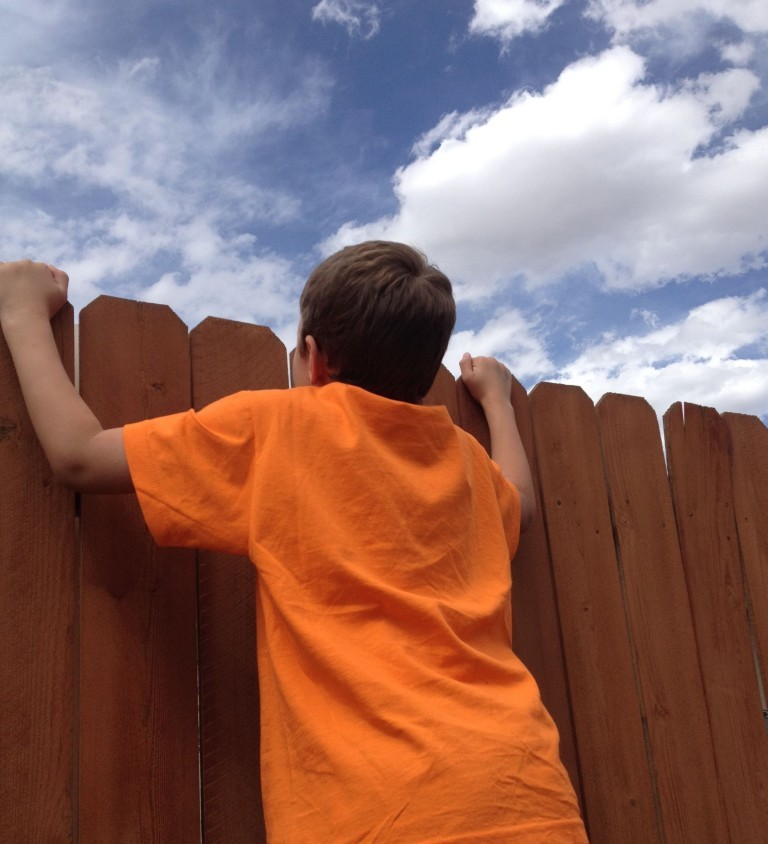 Through the Eyes of a Visitor
Through the Eyes of a Visitor
This is the final set of observations from my recent foray on the other side of the fence. It’s a list of perspectives as a visitor that will hopefully help us create a church that that is inviting and welcoming.
1. How do I get there when you are there?
It was surprising to me that in the www days that we live in how many churches do not have any web presence. I also found it annoying when the service times and the location where hidden two pages down on their site and there was no link to a map.
2. Where do I go?
I liked it when there were layouts of the church on their web site or clear signage inside that answered the basic questions;
- Where is the room where I am going?
- Where is the childcare area?
- Where are the bathrooms? (universally most important)
3. First Impressions Are Critical
Churches fail to understand that visitors many times will have decided whether they will ever return before the worship team sings a note or the pastor ever gets to the pulpit.
- Entrance & road signage – was the entrance clearly marked and was it easy to determine where to park and if there was a drop-off zone?
- Reserved Parking – besides handicapped was there preferred parking spaces close to the entrances? If so, who where they designated for elderly, single mothers, guests, or pastoral staff?
- Outdoor signage – are the entrances to the building clearly marked? Are there separate buildings for children, teens and adults and is it obvious from the outside?
- Welcome – how and where was I welcomed? At the entrance, in the parking lot, outside the doors, or inside the building? Was I offered any assistance?
- Smell & Cleanliness – there is almost nothing on the human side or in the content of the service that can overcome a foul odor or a messy, dirty facility.
- Full of “Jesus Junk” – is the church full of people’s old home decorations and castoff stuff that wouldn’t sell at their garage sale? Not that it has to be a gold gilded cathedral but how we prepare the setting for our services does reflect our perspectives on the person and reign of our God.
- Information & interior signage – if there where no greeters is there enough signage and visual information that I can navigate to where I want to go?
- Friendliness of people – Was I greeted with a smile? A handshake, high-five or fist pump? Did they make and maintain eye contact? Were they perceptive to my unspoken questions? Was the greeting authentic or mechanical?
- Did they expect visitors? Were they prepared for my visit? Was it obvious that my being there was important to them?
4. I Want to be Anonymously Welcomed
This one surprised me. I liked it when I was able to get in and out of a church service without being engaged in a conversation, but at the same time I was disappointed and felt that they didn’t care about me. I wanted to be invisible but I also wanted to be noticed. Weird! Was I genuinely welcomed without violating my personal space? Was I offered different levels of engagement that respected me and my journey without judgement or insincerity.
5. Do they speak my language?
Were the printed and visual communication presented in a language I understand or was it Old English and church language? Thee, thou, whencesoever, washed in the blood, agape love, sanctified, justified, born again, grace, blessing, sabbath, sin, spiritual gift, resurrection, baptism, communion, redeemed, hosanna, epiphany, advent, lent, saint …
6. What’s the Protocol?
This reminds me of my visit to a Buddhist temple in Thailand. The things that are obvious and comfortable to those on the inside are alien and a cause for anxiety for those on the outside. What’s the dress code? Is it self-seating or are they going to tell me where to sit? When do we sit, kneel, stand, dance? Do you raise hands? One arm or two? Above or below the shoulder? Palms up or out? Do you call people “brother” or “sister”? Are all women addressed “Miss”? Do you use first names or last? If I fill out this card am I going to get spammed? Why do you want me to come to the altar (I’ve heard what they do there)? You want me to drink the blood and eat the body of Jesus? And should you have the misfortune to talk to the leader of the church on the way out, how do you address them (reverend, pastor, father, bishop, your eminence)? You get the idea – Nothing is obvious to the outsider.
7. Was I Respected?
This is a tough one because it’s very subjective. It’s not just what did the church do or not do but how the guest felt. Did I feel like a salesman’s monetized prospect? Was I treated as an outsider maybe even inferior? Were my issues and problems responded to with spiritual platitudes and easy pat answers?
8. Is It Worth It?
Most of us who are a part of the church culture don’t realize how participatory church life and our services are. Until someone is integrated into the church culture they will perform risk/benefit analysis every time the are asked to “join us” or “enter in.” Please stand and worship. Give a handclap of praise. Come forward for prayer. Give in the offering. Greet someone and shake their hand. Raise your hand. Come to the altar. Each invitation requires the visitor to weigh the cost to comply and what benefit might be received.
9. Do I Know You?
Those on the inside of a church many times find it hard to understand why someone wouldn’t want to just jump into their faith community. The visitor’s question is, do those in the church value the potential of a relationship with me such that they honor my investigations and the process involved in establishing any authentic relationship.




0 Comments